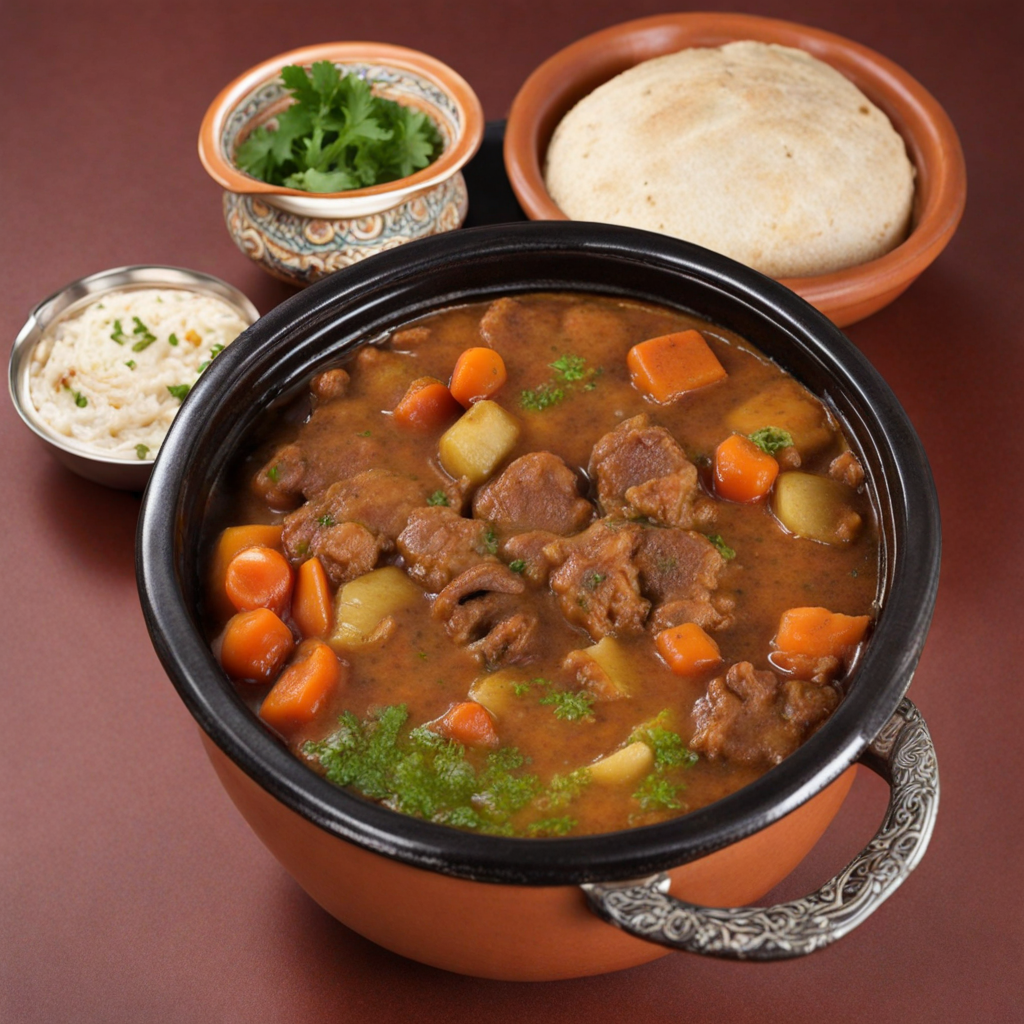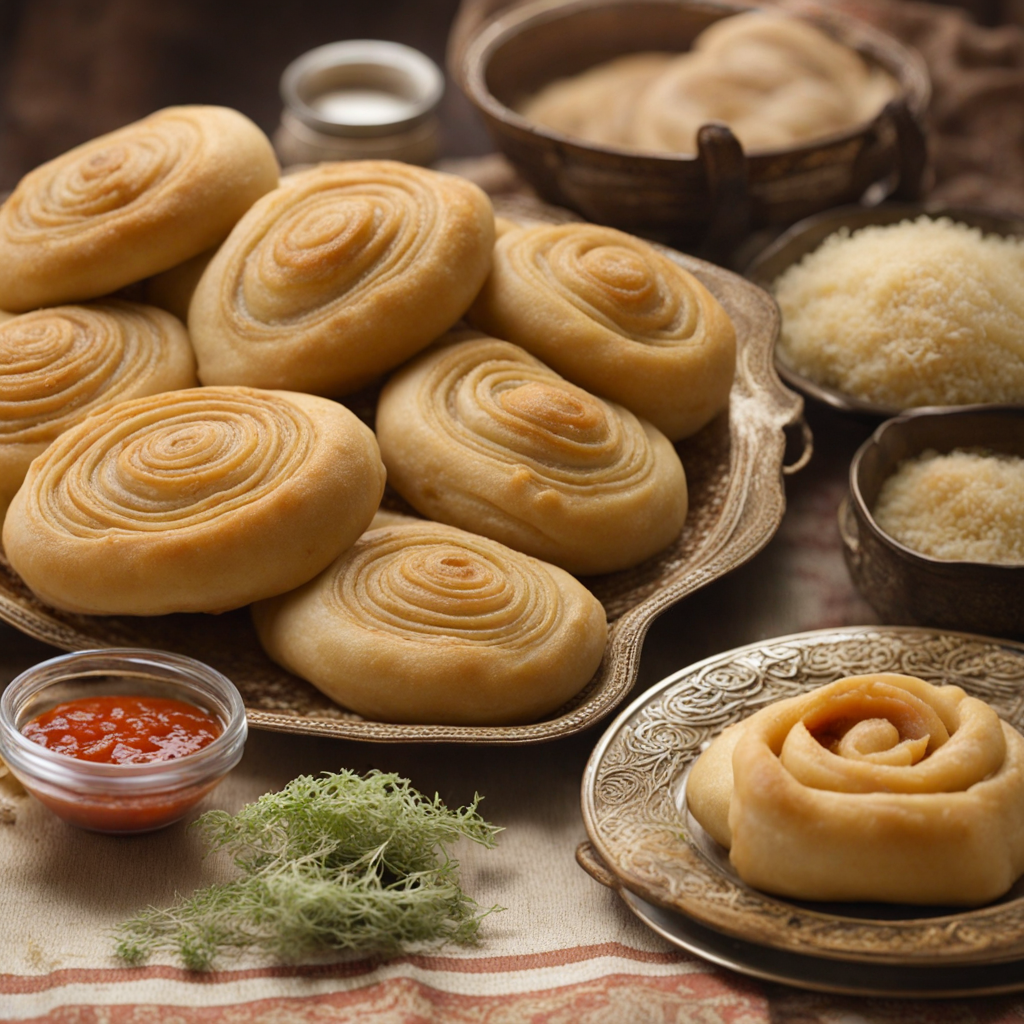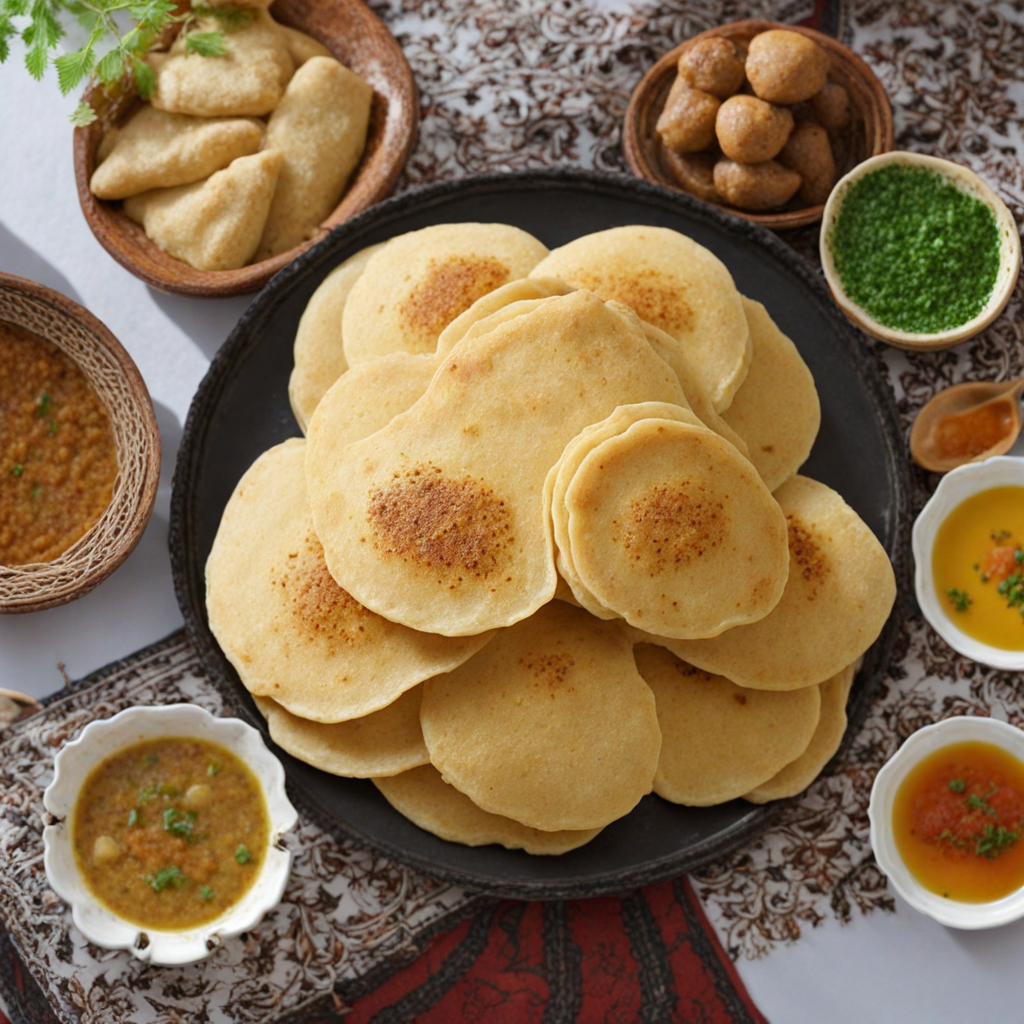Luqmat al-Qadi
Luqmat al-Qadi, often referred to as "the judge's morsel," is a delightful Yemeni dessert that embodies the rich culinary traditions of the region. This sweet treat is made from a batter that combines flour, yeast, and a touch of sugar, which is then deep-fried until golden brown and pillowy soft. The exterior is crisp, giving way to a warm, airy center that beckons with every bite. Traditionally enjoyed during special occasions and gatherings, these small, spherical pastries are a testament to the artistry of Yemeni cooking, showcasing a perfect balance of texture and flavor that captivates both local and international palates alike.
The magic of Luqmat al-Qadi lies not only in its delightful texture but also in the generous drizzling of syrup that adorns each morsel. The syrup is typically made from honey or sugar, infused with a hint of rose water or cardamom, which adds a fragrant sweetness that elevates the dish. The combination of the warm pastry with the aromatic syrup creates a harmonious blend that tantalizes the taste buds, making it a beloved treat for those with a sweet tooth. Often served with a dusting of powdered sugar or a sprinkle of sesame seeds, each bite offers a unique experience that celebrates the flavors of Yemen.
How It Became This Dish
The Sweet Legacy of لقمة القاضي: A Journey Through Time and Culture in Yemen #### Origins لقمة القاضي, pronounced "Luqmat al-Qadi," translates to "the judge's morsel," a name steeped in both history and culinary significance. This traditional Yemeni dessert is a delightful fried dough ball, often drenched in syrup or honey and sprinkled with sesame seeds. Its origins can be traced back to the broader Middle Eastern culinary traditions, where the art of frying dough has been practiced for centuries. The name “Luqmat al-Qadi” is believed to have historical significance, possibly linked to the judges (qadis) of Yemen during the medieval period. According to popular lore, these judges, known for their wisdom and fairness, were often served this sweet treat as a symbol of their status and the respect they commanded in society. The dish was not merely a dessert; it was a reflection of hospitality and honor, reserved for esteemed guests and dignitaries. #### Cultural Significance In Yemen, food is deeply intertwined with culture and social practices. Luqmat al-Qadi serves as more than just a culinary delight; it embodies the essence of Yemeni hospitality. The preparation and sharing of this dish are often ritualistic, bringing families and communities together. It is a popular offering during special occasions and celebrations such as weddings, Eid al-Fitr, and other festive gatherings, symbolizing joy and abundance. The dish also plays a role in religious and cultural practices. In the Islamic tradition, sharing food is considered an act of kindness and charity, and Luqmat al-Qadi often features in communal meals, reinforcing social bonds. Families often gather to prepare the dessert, passing down recipes and techniques through generations, which strengthens family ties and connects younger generations to their heritage. #### Ingredients and Preparation Traditionally, Luqmat al-Qadi is made from simple yet essential ingredients: flour, water, yeast, sugar, and a pinch of salt. The dough is allowed to rise, creating a light and airy texture that makes the fried balls irresistible. Once the dough has risen, it is shaped into small balls and deep-fried until golden brown. The cooking process transforms the dough into a crispy exterior while the inside remains soft and fluffy. After frying, the balls are often bathed in a sweet syrup made from sugar, water, and sometimes flavored with rose or orange blossom water. The addition of sesame seeds provides a nutty flavor and a delightful crunch. This combination of textures and flavors makes Luqmat al-Qadi a unique treat that captivates the senses. #### Development Through Time Over the centuries, Luqmat al-Qadi has evolved while retaining its fundamental characteristics. The dish has seen regional variations, adapting to local tastes and available ingredients. In some areas, for instance, it may be served with a sprinkling of pistachios or flavored with spices such as cardamom. These adaptations speak to the dish's versatility and its ability to resonate with different palates. The influence of global trade routes in the Arabian Peninsula also introduced new ingredients and techniques. The interaction between Yemeni and other cultures led to the incorporation of nuts and dried fruits, enriching the dish's flavor profile. Furthermore, as Yemeni diaspora communities spread across the globe, they brought their culinary traditions with them, introducing Luqmat al-Qadi to new audiences and further diversifying its preparation. In recent years, as Yemeni cuisine has gained international attention, Luqmat al-Qadi has found its way into various culinary festivals and restaurants beyond Yemen. Chefs and food enthusiasts are rediscovering traditional dishes, often experimenting with modern interpretations while honoring the original flavors and methods. This resurgence has not only revitalized interest in Yemeni cuisine but has also fostered a greater appreciation for the cultural stories behind each dish. #### The Contemporary Scene Today, Luqmat al-Qadi is experiencing a renaissance, with focus on its authenticity and heritage. Food bloggers, chefs, and culinary historians are documenting traditional recipes and methods, ensuring that the cultural significance of the dish is preserved. Restaurants specializing in Middle Eastern cuisine are increasingly including Luqmat al-Qadi on their menus, offering patrons a taste of Yemen's rich culinary legacy. Moreover, the dish has garnered attention on social media platforms, where food enthusiasts share their experiences and recreations of Luqmat al-Qadi. This digital sharing has helped to create a global community of food lovers who appreciate not just the flavors, but the stories that accompany traditional dishes. #### Conclusion Luqmat al-Qadi stands as a testament to Yemen's rich culinary heritage, embodying the spirit of hospitality and community that is central to Yemeni culture. Its evolution over time reflects the dynamic interplay of tradition and innovation, as well as the deep connections forged through the act of sharing food. As the world continues to explore and celebrate the diversity of global cuisines, Luqmat al-Qadi will undoubtedly remain a cherished symbol of Yemen's rich history and cultural identity—a sweet morsel that transcends borders and brings people together in joyful celebration.
You may like
Discover local flavors from Yemen







